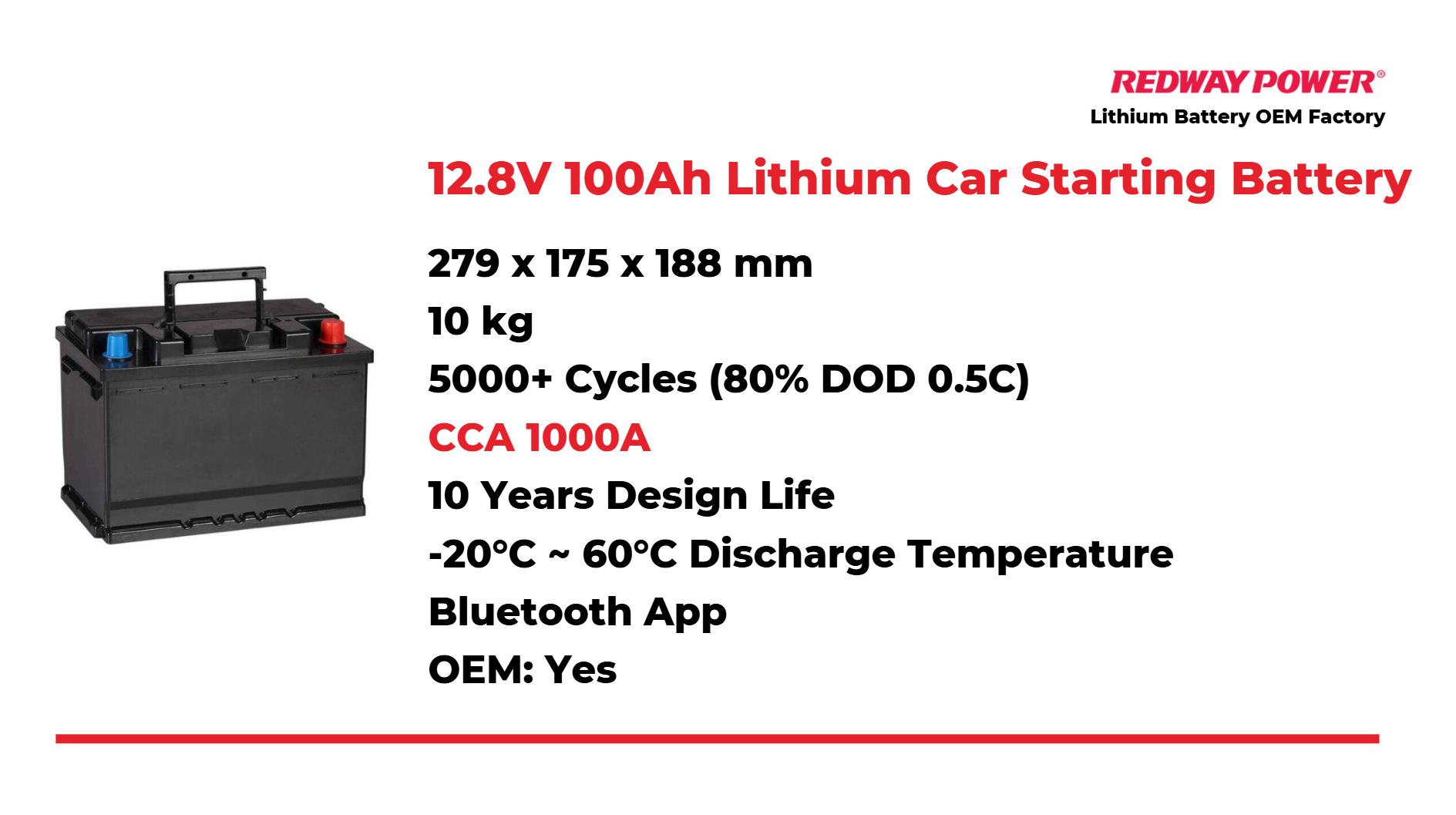
How to Understand and Measure Car Battery Voltage
Understanding car battery voltage is crucial for maintaining vehicle performance and reliability. The ideal voltage for a fully charged car battery is around 12.6 volts when the engine is off, and between 13.7 to 14.7 volts when running. Regularly checking this voltage helps ensure your battery remains in good health.
What is the ideal voltage for a car battery?
The ideal voltage for a fully charged car battery is approximately 12.6 volts or higher when the engine is off. This indicates that the battery is in good condition and capable of starting the vehicle effectively.
| Voltage Range | Battery Status |
|---|---|
| 12.6V and above | Fully charged |
| 12.4V – 12.6V | Partially charged |
| Below 12V | Discharged |
How can you measure your car battery voltage accurately?
To measure your car battery voltage accurately, use a multimeter set to DC voltage. Connect the positive lead to the battery’s positive terminal and the negative lead to the negative terminal. Ensure the car has been off for at least 15 minutes for an accurate resting voltage reading. To measure your car battery’s voltage accurately, follow these steps:
- Turn off all electrical systems: Ensure that the ignition, headlights, and other electronics are off.
- Use a multimeter: Set it to measure DC volts, ideally in a range that includes at least 12 volts.
- Connect probes: Connect the red probe to the positive terminal and the black probe to the negative terminal.
- Read the display: Check the multimeter reading to assess your battery’s condition.
Why is knowing your car battery voltage important?
Knowing your car battery voltage is important because it helps assess the battery’s state of charge and overall health. Regular monitoring can prevent unexpected failures and ensure reliable vehicle performance, especially in extreme weather conditions.
What should the voltage be when starting the car?
When starting the car, the battery voltage should ideally drop to around 10-11 volts momentarily. If it drops significantly below this range, it may indicate a weak or failing battery that needs attention.
| Condition | Voltage Level |
|---|---|
| Starting | Should not drop below 10V |
| Healthy Battery | Maintains above 10V |
How does the voltage change when the engine is running?
When the engine is running, the voltage should increase to between 13.7 and 14.7 volts due to the alternator charging the battery. This higher voltage ensures that the battery remains charged while powering electrical systems in the vehicle.
| Engine State | Expected Voltage |
|---|---|
| Engine Off | 12.6V or higher |
| Engine Running | 13.7V – 14.7V |
What is a load test, and why is it necessary for battery health?
A load test measures a battery’s ability to deliver power under load conditions. It’s necessary for assessing battery health because it reveals whether a battery can maintain adequate voltage while supplying current, helping identify weak or failing batteries that may not perform reliably. A load test measures how well a battery can perform under stress, simulating conditions during engine start-up:
- A fully charged battery should not drop below 9.6 volts during this test.
- If it does drop significantly lower, it indicates that replacement may be necessary.
This test provides insight into overall health beyond just static voltage readings.
How can you maintain optimal car battery voltage?
To maintain optimal car battery voltage, regularly check connections for corrosion, ensure tight terminal connections, and keep the battery clean. Additionally, avoid deep discharges by using a trickle charger during long periods of inactivity to keep it fully charged. To maintain optimal voltage levels:
- Regularly check voltages: Test every few months.
- Keep terminals clean: Remove corrosion from terminals using baking soda and water.
- Ensure proper charging: Use a trickle charger if necessary, especially during long periods of inactivity.
- Monitor electrical usage: Minimize use of electronics while parked to prevent draining.
Industrial News
Recent advancements in automotive technology emphasize better monitoring systems for vehicle batteries, including integrated sensors that provide real-time data on charging status and health indicators directly to drivers via smartphone apps or onboard displays.
Expert Views
“Understanding your vehicle’s electrical system starts with knowing your battery’s condition,” says Jane Smith, an automotive technician at Green Power Solutions. “Regular checks can prevent unexpected failures and extend your vehicle’s lifespan.”
Know More
How to Choose the Best Car Battery Brands for Your Vehicle
How to Choose the Right Specialty Batteries for Your Needs
How to Understand and Measure Car Battery Voltage
Understanding Vehicle-Specific Battery Needs
